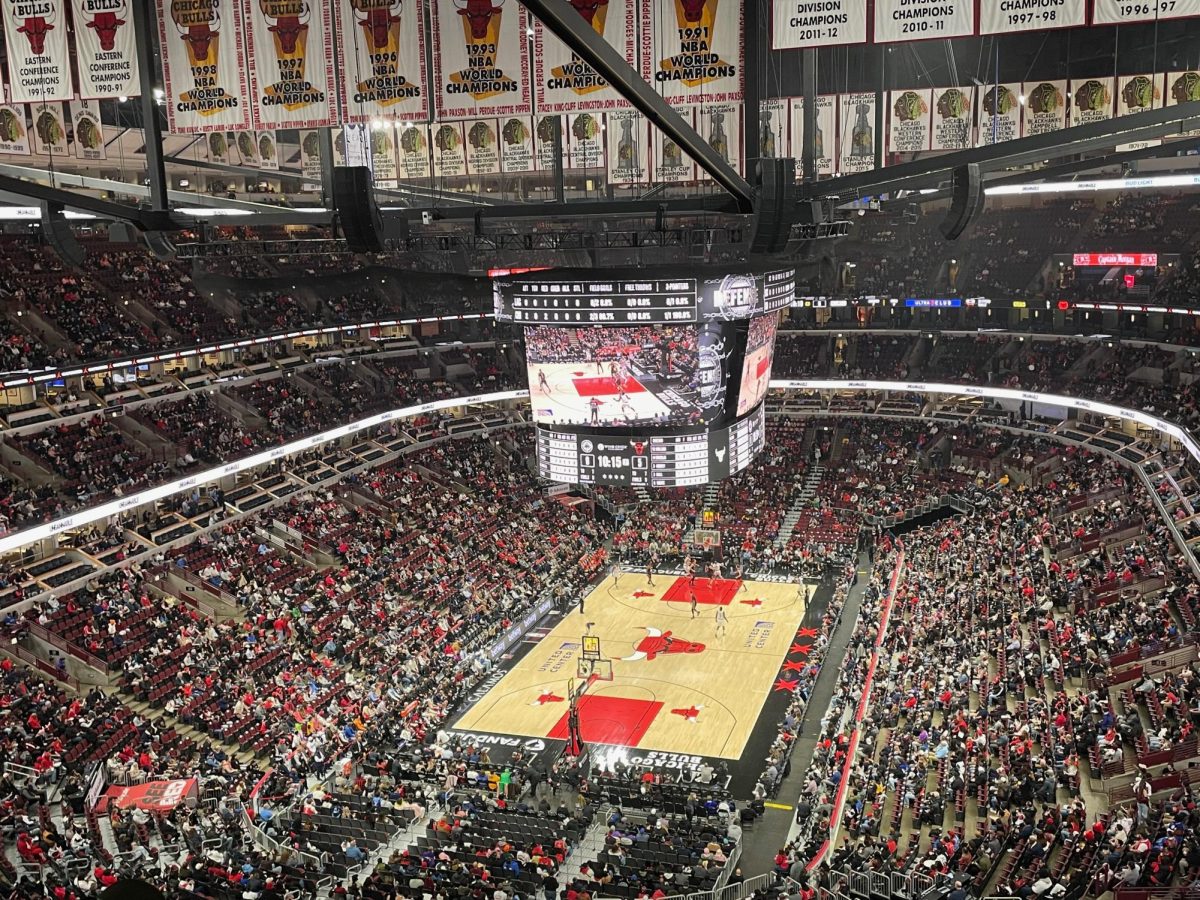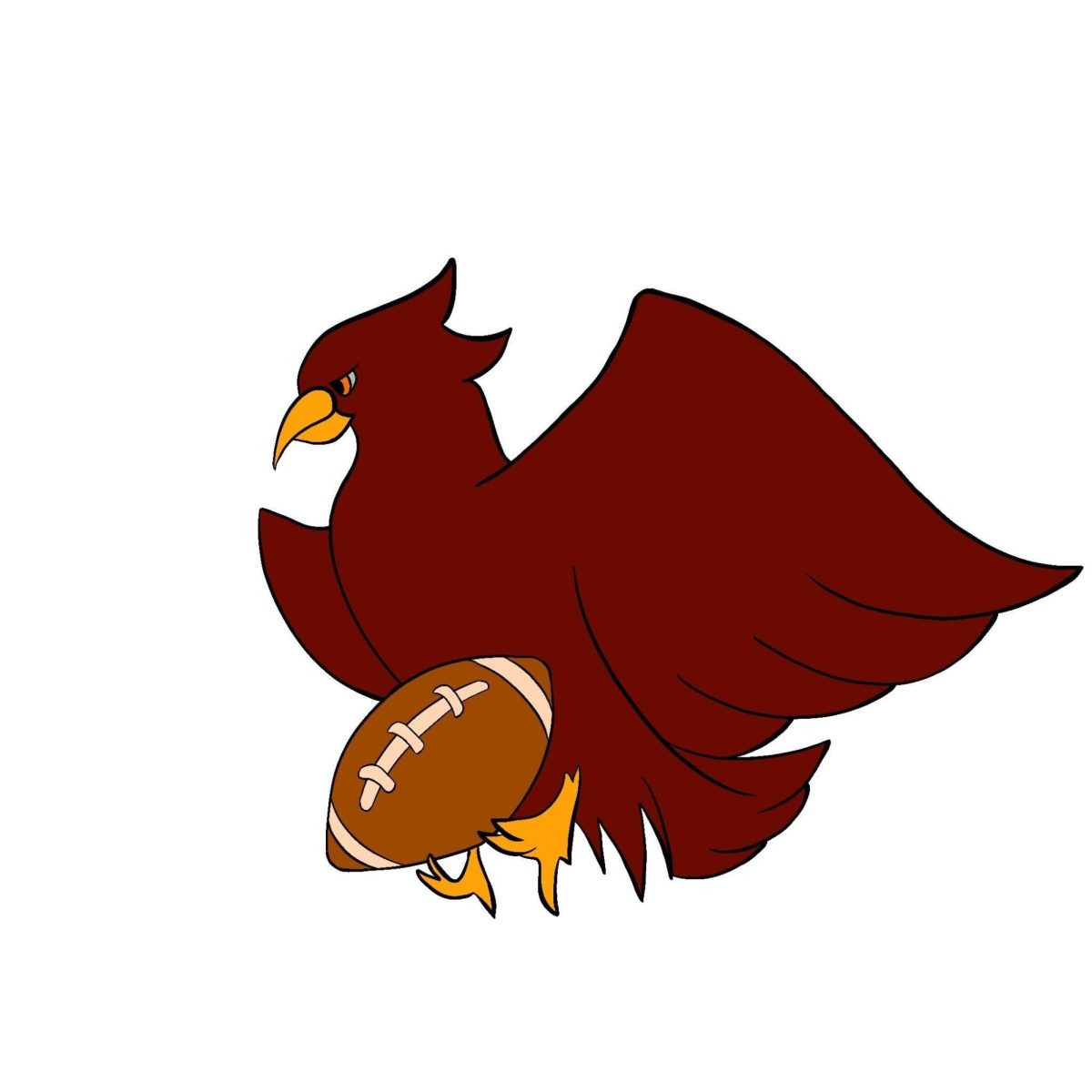“Sport Clubs will not be approved/recognized if the University of Chicago provides varsity (and, in some cases, intramural) athletic opportunities in the same area of the proposed club activity.”—Office of Intramural, Recreation and Sport Clubs
I want a rational, legitimate defense of this policy. Not a speculative and unsubstantiated opinion. Not some superficial pontification about the “fairness” of the current code. It would be the height of ignorance to claim there isn’t a demand for serious athletics on this campus. If you’re interested in rigorous, above-intramural competition, but don’t have either the time or talent to devote to a varsity squad, and fail to receive sufficient funds from ORCSA/SG, well, you’re out of luck. It’s an effective, “Screw you.”
Concerning this rule: I call bullshit.
Consider this statement from Brian Bock, Director of the Office of Intramural, Recreation and Sport Clubs: “I understand there’s, you know, a need and a want, especially if people want to be competitive and travel—you know, money’s an issue for them,” said Bock, “but I also see the point where you have to draw the line somewhere. Now why that line was drawn in the sand, I couldn’t tell you.”
Wait—rewind. He acknowledged there’s “a need and a want.” Now consider the Office’s official philosophy: “Sport Clubs have been established to foster positive and healthy experiences through participation in recreational and competitive activities.”
I submit to you all: In what universe do soccer, tennis, baseball, and softball not “foster positive and healthy experience through participation in recreational and competitive activities”? If you answered, “Not this one”—bingo. If you didn’t: Grab Robert Maynard Hutchins’ hand, do some pushups, and, you know, maybe a few squats, and take a hike.
Not a metaphorical hike. A real one.
That’s not to claim there aren’t legitimate concerns with this issue; far from it. Bock fairly asserts: “We have a finite amount of space; we have a finite amount of money.” No argument here. And he’s right: We have to “draw the line” somewhere. But where do we draw that line, exactly?
First off, forgive me if I reject the notion that a “finite amount of space” justifies an exclusion of additional Sport Clubs. Not all activities require University facilities, and I contend that most people who frequent Ratner and Crown, like myself, would agree: There are certainly times where spaces are available. This “finite amount of space” comes across as little more than a poor excuse for an indefensible proposition.
But what about available funds? For background, according to Bock, the Sport Club Finance Committee averages “about $100,000 in funding from ORCSA/SG each year”—80 percent distributed via their Annual Allocations process, 20 percent via their Quarterly Allocations process.
This distribution of funds seems to be the critical issue of contention—the one perhaps most supportive of the current rule. But if you consider the current regulations, it’s one that can be dismissed with relative ease.
Consider the protocol for the allocation of annual funds:
–Organizational structure and fulfillment of responsibilities to the Department (and University)
–Leadership in recruitment and retention of new and existing members
–Organization in planning and development of club business
–Proper use of funds provided the previous fiscal year
–Financial commitment through generated revenue
–Longevity and stability
–Needs proportionate to demand
–Service to the University community (students, faculty, staff, etc.)
Note that not a single one of these conditions remotely justifies this discrimination against registered sports by the powers that be.
The tennis club, currently a “social club,” has “raised $5,500 for traveling through Zipcar, and has applied for a grant through the United States Tennis Association’s (USTA) Tennis on Campus program,” according to Alexander Sotiropoulos’ April 10 Maroon article, “Tennis club restructures, looks for funding.” Is that not “financial commitment through generated revenue”?
If “annual allocations are determined by” these factors, then what makes a potential tennis Sport Club or soccer Sport Club that has better organizational structure, leadership, planning, and fundraising than another Club—say, Aikido Kokikai or Bocce Ball or Kendo—less deserving of funding?
When Renato Amboss, a first-year in the College, tried out for and failed to make the varsity soccer team as a “preferred walk-on,” he gathered more than 20 friends and associates to form a soccer Sport Club. Becoming a Sport Club, rather than an RSO, would allow the club to receive more funding than would be offered by SG, allowing them to compete in more competitive tournaments. But his attempts were denied: Soccer is already a varsity sport. Amboss’ reaction?
“I would be perfectly fine with not making the team as long as I get the chance to play at a competitive level somewhere else,” Amboss said. “IM is great for people who just want to go out and have fun, and varsity is fantastic for great recruited athletes who are at a high level of play, but there is little hope of being satisfied if there are people like me who are considered not good enough for varsity but not satisfied with the challenges of IM.”
The fact of the matter is: When the tennis club, or that potential soccer club, better meets those eight conditions than current clubs, they deserve some of that funding. The other clubs necessarily deserve less. “Longevity and stability” is not enough to maintain a current organization’s funding; they have to continue to “foster positive and healthy experiences,” in line with the Sport Clubs philosophy.
That’s what your Office’s rules dictate. And to exclude a certain group because there are other, insufficient opportunities on campus is to commit a grave injustice against those students. It is to border on hypocrisy and contradict the mission of the Sport Clubs itself.
Surely Athletic Director Thomas Weingartner misses the mark and severely oversimplifies the wants and needs of students when he states, “You only kind of get one take at the apple…it’s either/or.” This is not an “either/or” situation. This is pure economics, and when there is a demand for a Sport Club, one that falls within the financial code outlined by the Office, they should get a chance to compete for funding. That is, of course, if you do care about “fairness.”
I agree: It’s time to “draw the proverbial line in the sand.” But if we’re going to do that, we better make it straight.
So come on: Give me a valid, substantive justification of the current system. One that makes sense. One that accommodates the wants and needs of our students and our community.
Or repeal this stupid rule.







